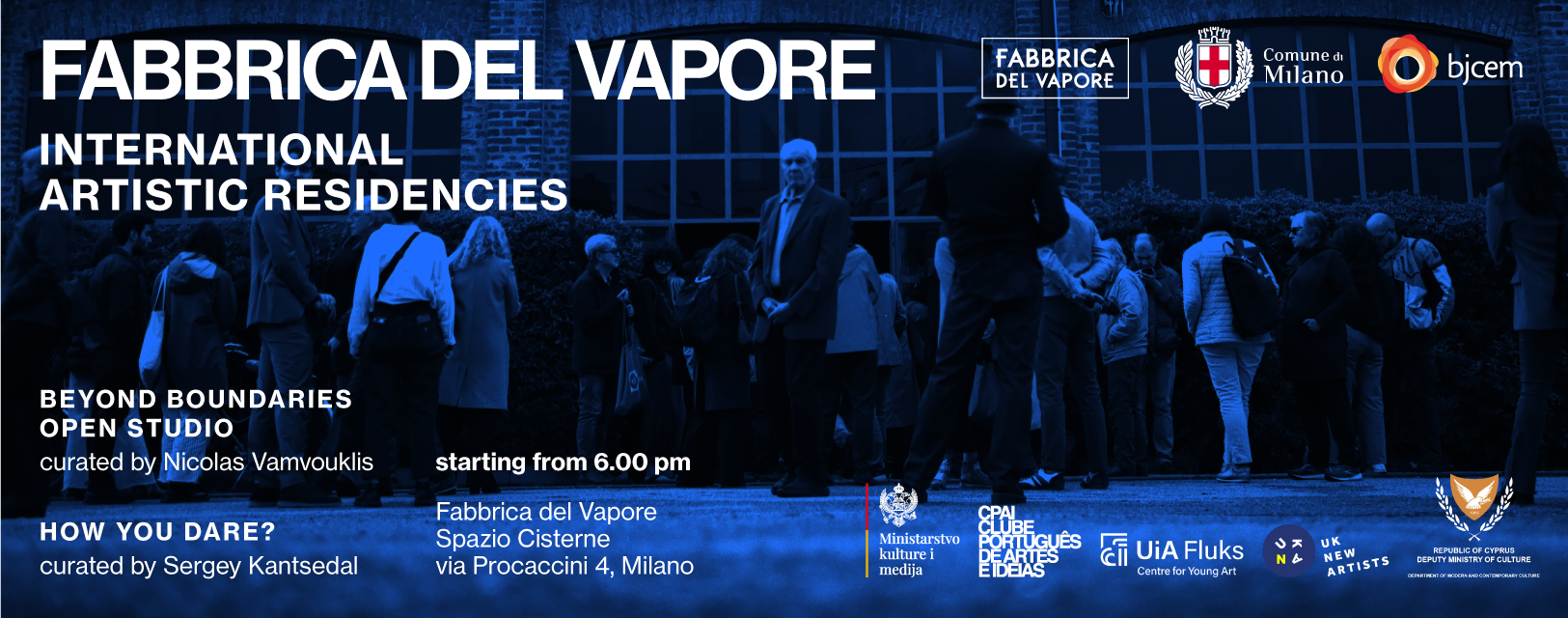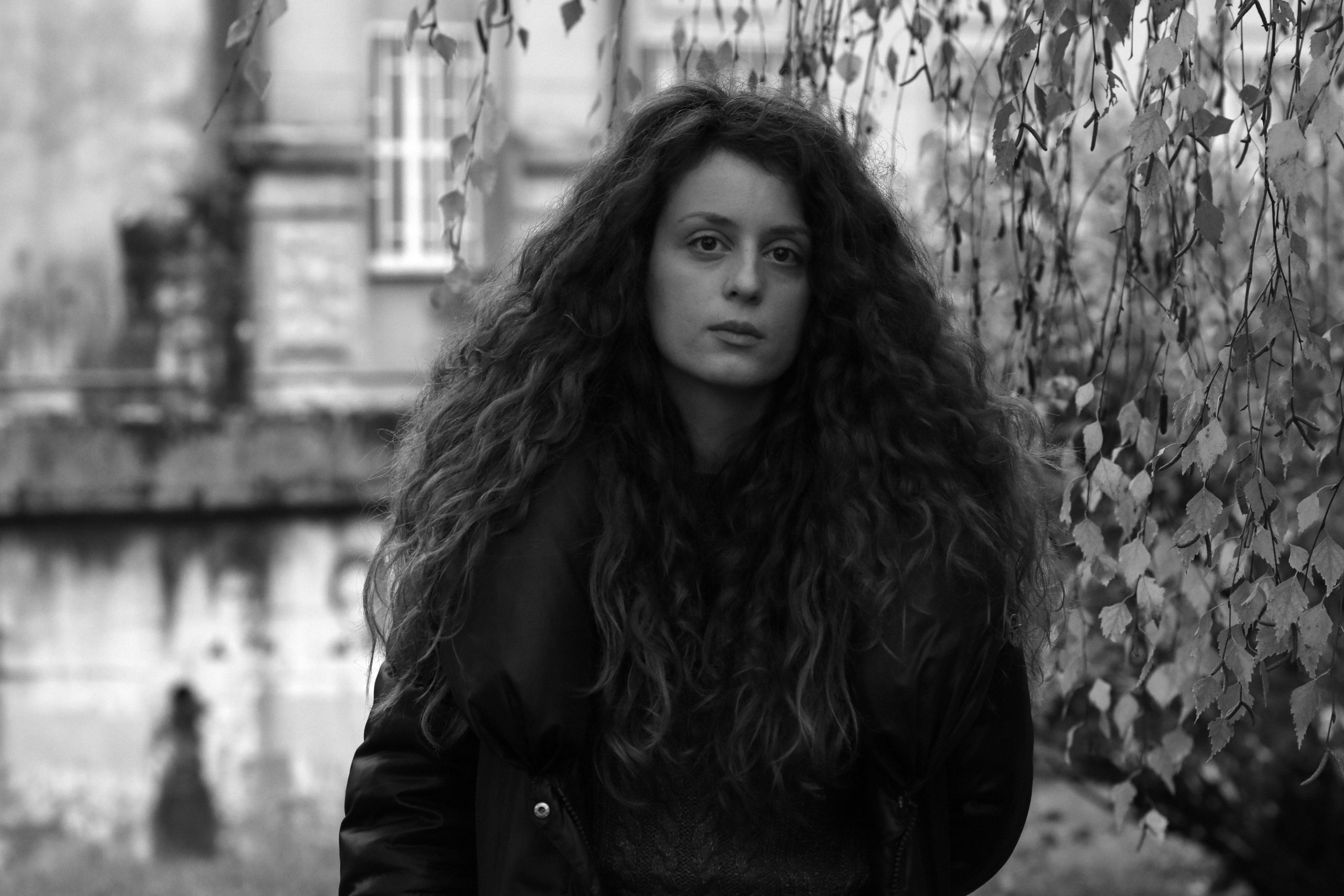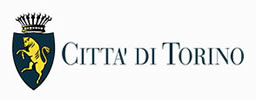Milica Janković is a multidisciplinary artist born in Montenegro. Between studio research, site-specific installations, and experimental education practice, the artist has immersed herself in the context that brought her towards experimenting with different materials and art forms, preparing the ground for further development in new media art practice. She is the winner of various awards and her work has been presented in various group and solo shows in the country and abroad. In 2021 she was selected as one of 64 European cultural representatives, as part of the We Are Europe platform of Multimedia Art Festivals (Todaysart Festival, The Hague, The Netherlands). She is the founder of a nonprofit cultural organization Atelie22 and a publishing house A22.
A CONVERSATION WITH MILICA JANKOVIC (MONTENEGRO)
Nicolas Vamvouklis (NV): How would you describe your artistic practice?
Milica Jankovic (MJ): I see my work as interdisciplinary research rooted in experimentation across various artistic disciplines to the intersection of art and emerging technologies. My current focus lies in studio research and site-specific installations; all centered around the concept of space and its interaction with the viewer. I am particularly fascinated by the sensory qualities of the spaces we inhabit and how they shape our perceptions. Part of my artistic research revolves around the exploration of everyday life and its stratifications, manifesting in the creation of alternative spaces that sometimes can be defined as environments that transcend conventional notions of place and time. These installations might be wrapped in miniature forms or expanded into large-scale format, where the visitor plays an integral part in completing them by engaging in a direct dialogue with the surroundings.
Ultimately, my primary interest lies in the connection between the spectator and the artwork. This interaction is inherently unpredictable, as each individual brings interpretations and perspectives. Yet, it underscores the idea that our perception and experience of others, whether the artwork or the space itself, are deeply intertwined with ourselves.
NV: Beyond Boundaries: What was the initial thought that crossed your mind when you encountered this title?
MJ: For me, the concept of ‘going beyond boundaries’ encapsulates both observation and action. It encompasses the daily hurdles that compel us to surpass the visible and tangible, opening ourselves to new experiences, as well as the natural cycles of birth and death we encounter. It could involve metaphorically peeking through the crevices and openings in our surroundings, such as landscapes and cityscapes, or engaging in interactions that challenge the limits of our physical existence. This notion resonates with poetry, which can create new realms through the power of words and images it evokes.
NV: Can you provide some insights into the project you worked on during the residency?
MJ: The primary inspiration for my work stems from the mirroring and reflective surfaces found in the ex-Cisterne exhibition space. These surfaces create what I refer to as ‘parallel spaces,’ which are formed through the interplay of light reflections. These spaces simultaneously distort and expand both the body and the surrounding environment, projecting an altered version of reality. My artistic exploration focuses on capturing this interplay of reflections and translating it into a site-specific installation akin to an ‘analog meta world.’ In this installation, reflective surfaces serve as portals to a realm where images extend beyond their visible boundaries, decomposing into layers of new data.
These spaces exist within the concept of the ‘third space,’ characterized by a fluid interplay between the tangible and intangible, concrete and abstract. The overarching goal is to challenge conventional perceptions of space, inviting individuals to explore the multiplicity of realities presented through reflections and light decompositions. This exploration transcends traditional categorizations, offering a dynamic relationship between the intangible and concrete in our contemporary experience.
NV: In which ways did you connect to Milan?
MJ: During my stay, I’ve had the opportunity to immerse myself in this city from a broader standpoint for the first time. It’s almost as if being in Italy envelops me in a sense of comfort, which paradoxically allows me to observe things from a more open and privileged position. What I find most enriching about my time here is the chance to connect with incredibly inspiring individuals who continuously contribute profoundly to my personal growth. This experience mirrors my encounters in Milan, where I also felt deeply connected on various levels. These interactions and my stay in this space have been pivotal for my ongoing artistic exploration. They’ve enabled me to embark on a new chapter, articulate my thoughts, and delve into my artistic research at a deeper and more focused level.
NV: In these times of global challenges, how do you see your role as an artist?
MJ: Undoubtedly, the contemporary era presents formidable challenges, yet it offers opportunities for introspection and strategic reevaluation of our current trajectories. During such periods, we can discern the pathways forward and endeavor to redefine our present circumstances purposefully. Patience becomes paramount, recognizing that eventual fruition often requires the passage of time.
In an age where rapid changes are fueled by “new” technologies, it becomes evident that a shift in perspective is imperative. Drawing from personal experience, I assert that adapting to these changes requires a fresh approach to both — rethinking how we approach art and the market itself. This transformation is gradually unfolding.
Now more than ever, the artistic community assumes a key role in navigating this evolving landscape. Particularly, artists who collaborate across disciplinary boundaries and integrate experimentation are widening the scope of their work without limiting themselves to an aesthetic objectification of the ‘new’ means.
Recognizing the inevitability of evolution requires no prophetic insight, especially when considering the many artists relegated to the margins of a system that prioritizes commercial interests and emphasizes the aesthetic object. While individual responsibility is paramount in effecting change, observing emerging opportunities to engage with this shifting paradigm is heartening.




